Female athletes faced with greater risk of injury
Preventing sports-related injuries in female athletes
Jordan Tucker’s IAFC soccer team stretches at the ESPN Disney tournament two years before her hip injury. Tucker says she that during her 13 year soccer career, her coaches didn’t stress the importance of stretching.
Senior Jordan Tucker played club soccer for 13 years before she broke her hip in a game during her freshman year of high school.
Doctors told Tucker that her injury was an iliac crest avulsion that wouldn’t heal for 3-5 years. Tucker believes that her injury and injuries prior to this one could’ve been prevented if her coaches emphasized stretching more.
“[The doctors] told me that I was already at risk for it because I hadn’t been stretching enough,” she said. “And no one really focuses on [stretching] in soccer.”
Three years later, Tucker’s hip still hasn’t fully healed.
“Any athletic activity really hurts, and it’s hard because I tried to go back to soccer and I wasn’t good anymore,” she said. “It was really painful, too, so I just quit.”
Researchers are finding that females are at a higher risk for sports-related injuries than males.
According to a 2015 article by Harvard associate professor of medicine Robert H. Shmerling, females are more susceptible to knee, shoulder and foot injuries than men. Shmerling says this can be explained by the difference in skeletal structure between males and females: women have wider hips and less muscle mass.
First-year girls head soccer coach Louis Alexander says that with his debut this season, he plans to incorporate stretches to keep muscles loose and prevent injuries. Alexander says he wants to play an active role in curbing injuries among players this season, which in the past, has proved to be a problem for the team.
He’s already started, before the official season has begun, hosting optional weight-training sessions three mornings a week to help girls build muscle to protect joint.
“No one likes to be on the sidelines,” Alexander said about injuries. “No one likes to go have surgery … so if you can build muscles around those ligaments and tendons, that’s less of a load that those ligaments and tendons have to take when you’re cutting, and sprinting and stopping.”
Alexander says that he’s seen many ACL and MCL injuries during his 10-years of coaching girls soccer, but he says concussions take the top spot for the most prevalent injury.
“The majority of the concussions I’ve seen [come from when] girls head the ball,” he said. “A lot of it has to do with technique, like maybe heading the ball without your jaw shut, or hitting it on the top of the head or side of the head, as opposed to the forehead.”
A study by researchers at the University of North Carolina found that female soccer players averaged 8.19 concussions per 10,000 athletic exposures. This is more than double the amount of concussions than their male counterparts and is close to the concussion rate of high school football players.
To combat the prevalence and occurrence of concussions, Alexander makes an effort to focus on perfecting technique when practicing heading the ball.
Assistant girls lacrosse coach Lisa Liang has worked with female lacrosse players for over 13 years and played lacrosse at the University of Maryland before an ACL injury brought her career to a halt.
Although she’s seen players out due to concussions, Liang says that in her experience with coaching, she’s identified body image issues to be one of the biggest deterrents of the health of her players. Having struggled with eating disorders over the span of her athletic career, Liang is open with her players about the importance of proper nutrition.
“There were several girls that I grew up with playing sports that had eating disorders,” Liang said. “I think that there’s a particular body image that comes with girls that play sports, and I think that when that sometimes can’t be maintained, there’s probably a likelihood for eating disorders to compensate for that.”
And not only do these body issues affect female athletes mentally, but they also affect them physically.
Dr. Jennifer Goedken, an Emory University associate professor and director of undergraduate medical education, says some female athletes can fall into the female athlete triad. She says this is caused by low body-mass index, which can be accompanied by eating disorders, irregular or rare ovulation and low bone density. Girls who have all three have what she calls a “low energy state,” where these female athletes are burning more energy than they intake.
She says that girls who have these issues before the age 18 might be at a long-term risk of osteoporosis and hip fractures.
She says among the top sports at risk are dancers, gymnasts and long distance runners (due to a large amount of energy expenditure).
“[Gymnastics and dance] has a lot to do with body image as well,” she said. “Part of their sport is keeping a low body weight and keeping a low physique, so that goes along with the body image issue and potentially eating disorders.”
Dr. Goedken urges girls who have irregular periods or who lose their periods to recognize the warning signs of the female athlete triad and talk to a doctor. Taking calcium pills and increasing energy intake can help curb side effects as well, but she emphasizes that talking to a doctor about potential symptoms can prevent further damage.
She says that some athletes might need to decrease their physical activity to get their bodies back on track.
“Of course, most coaches and athletes don’t want to hear that,” she said. “So it’s probably more about… trying to be more balanced.”

Kamryn Harty is excited for her last year on The Southerner staff! She is a Co-Editor in Chief and a member of the class of 2021. When she’s not writing,...

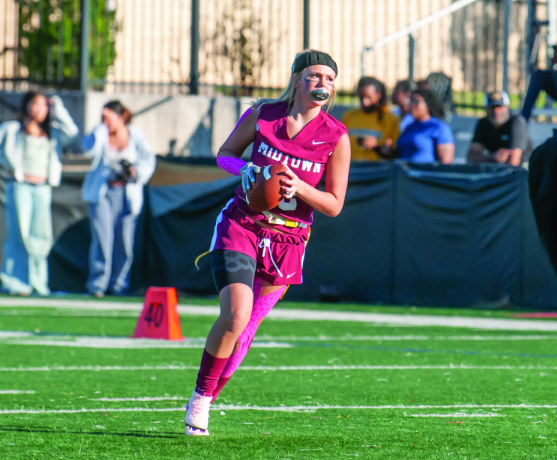
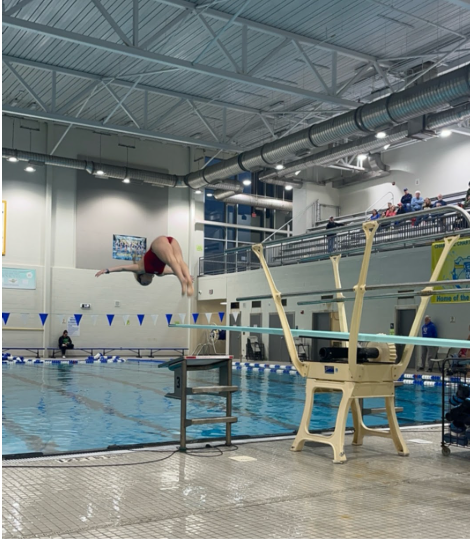
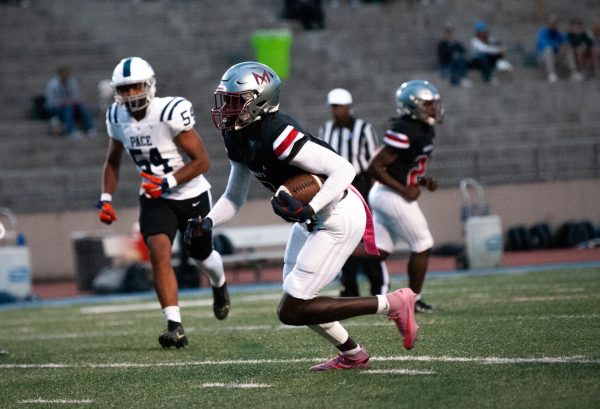
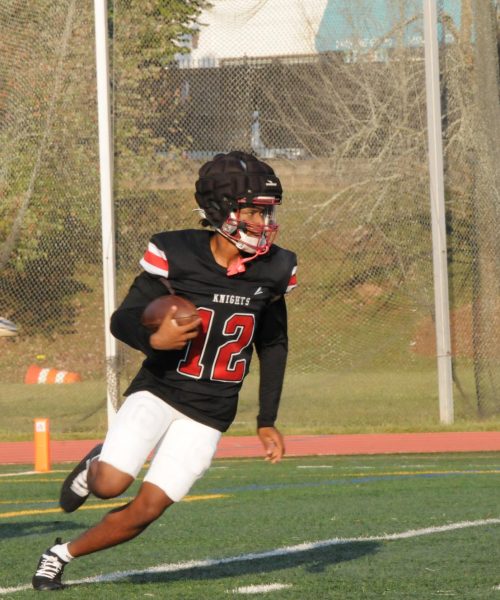
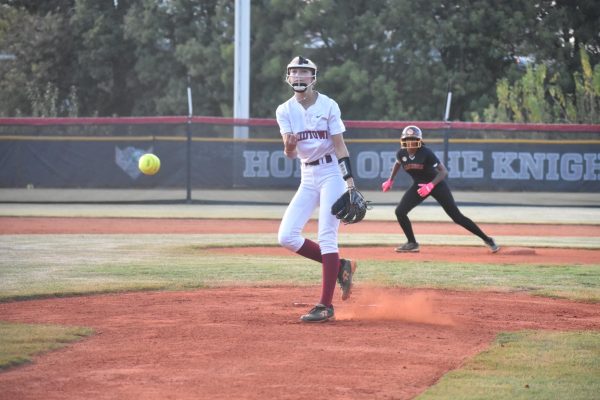
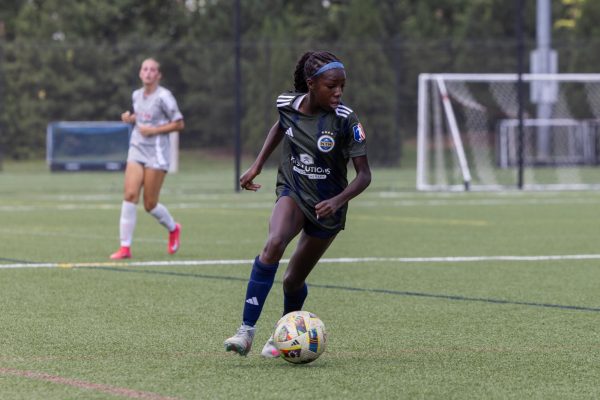

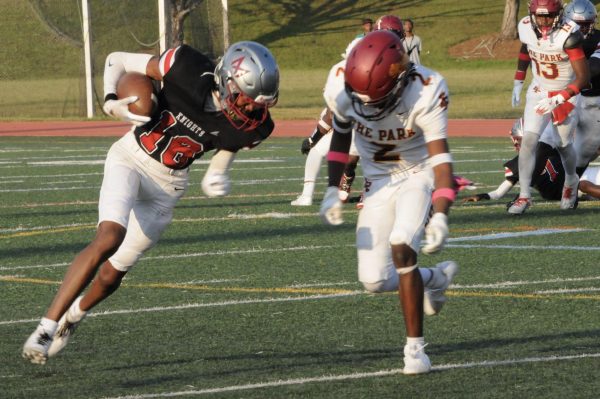
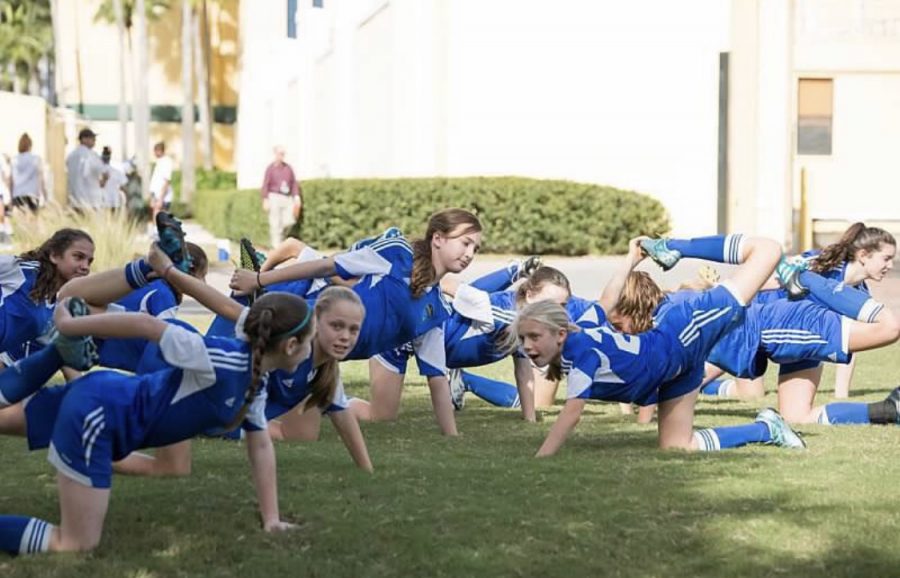
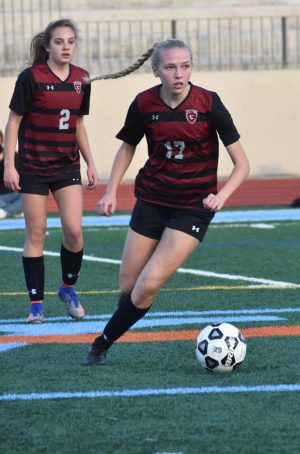
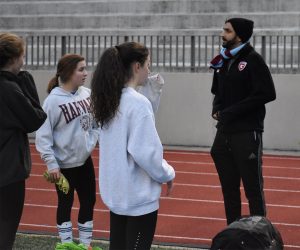
Courtney Fortunato • Jan 13, 2020 at 2:00 pm
HI! My name is Courtney Fortunato, and I am a member of my school’s newspaper, The Blue Streak. I just wanted to say I really enjoyed reading your article, and you did a great job of including well-researched information and quotes. I tore my ACL my freshman year, so this article really hit home for me, and I think this is an important topic. I am really impressed with your school’s newspaper overall!